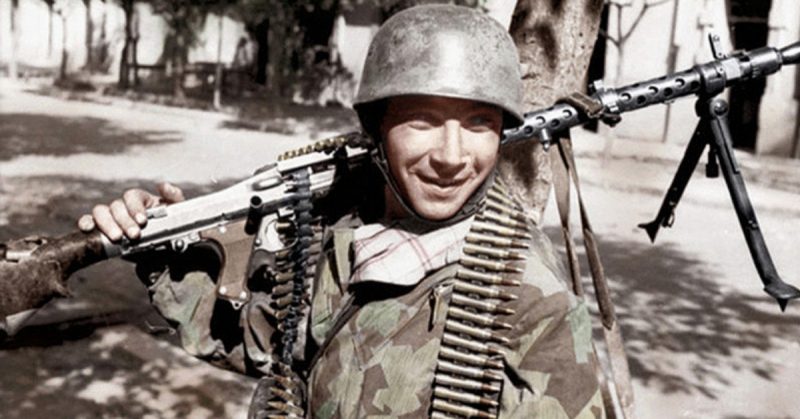Today in Military History – September 25th
1066: Battle of Stamford Bridge
This battle was fought between the English army of King Harold Goodwinson and the invading Norwegian force of King Harald Hadrada. The English king’s brother, Tostig Godwinson, also participated in the battle on behalf of the Vikings in revenge for the banishment imposed on him by his brother. Both King Hadrada and Tostig were killed on that battle, along with most of the Norwegians.
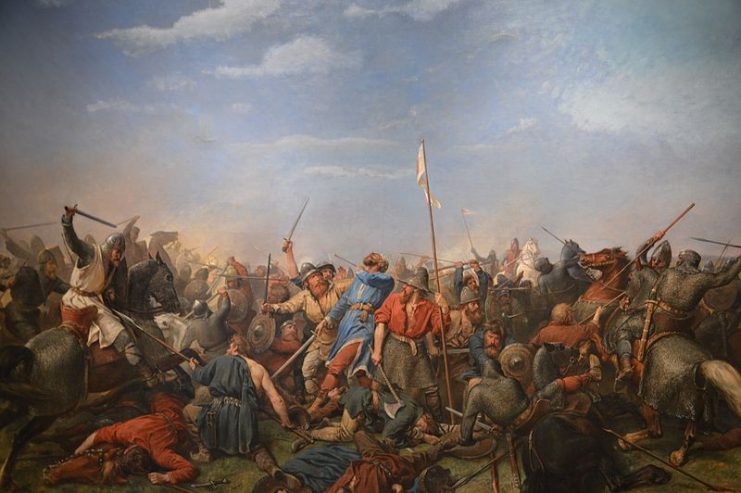
1597: Siege of Amiens
The French recovered the city of Amiens, which had previously been captured by the Spanish. The Spanish had captured the city on 11th of March by executing a ruse: soldiers dressed as peasants managed to infiltrate the city, overpower the gate guards, and allow a bigger group of soldiers to get in.
Henry IV sent his army to recapture it. The army had to defend against an attempt by the city garrison to break the siege. It also had to set up a blockade against Spanish reinforcements and subsequently drive them off, but Henry’s army was eventually successful.
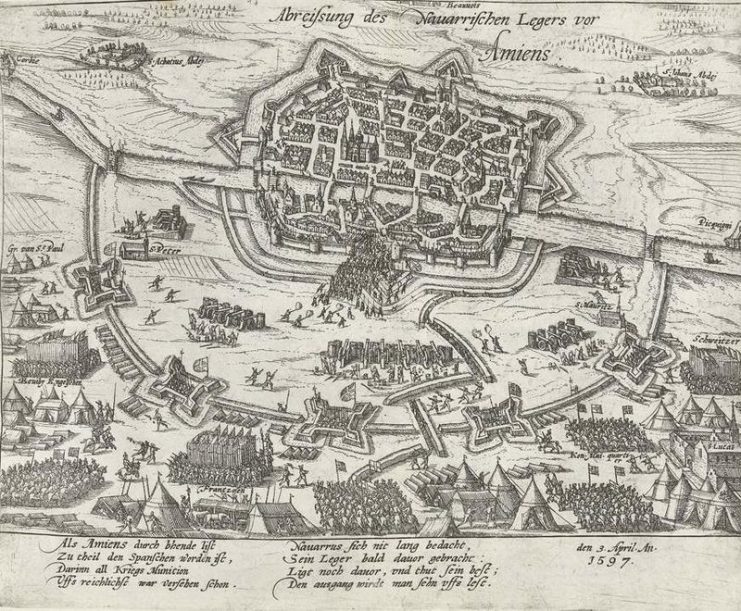
1775: American Revolutionary War hero, Ethan Allen, is captured by British forces
Ethan Allen led a small force of American and Quebec militia to capture Montreal. Unfortunately, Major John Brown, who was supposed to provide additional forces and support, did not arrive. Allen was surrounded and then captured by the forces of the British General, Guy Carleton.
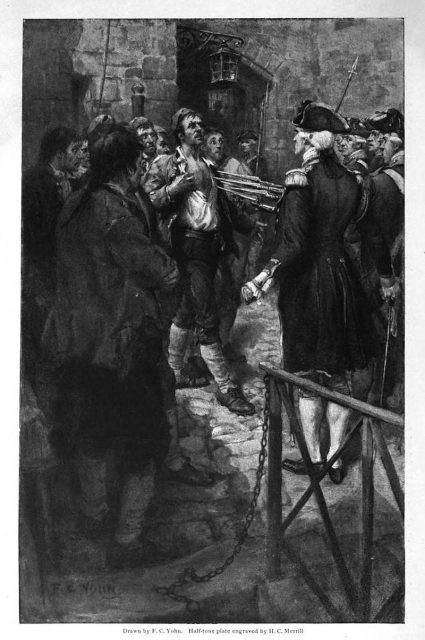
1915: Battle of Loos commences
This battle took place on the Western Front during WWI. Being the biggest British attack of 1915, it is often referred to as “The Big Push.” The British used chlorine gas, which it was hoped would overpower the primitive German gas masks. However, in some places, they failed to account for the wind direction so that the gas ended up blowing across British troops. This resulted in 2,632 British gas casualties, although there were only 7 deaths.
Read another story from us: When the British 1st Used Poison Gas – Battle of Loos
While The Big Push was successful in some places, namely the capture of the village of Loos in the Southern end, the overall battle was won by Germany in the end. The British had 59,247 casualties, while the Germans only had about 26,000.
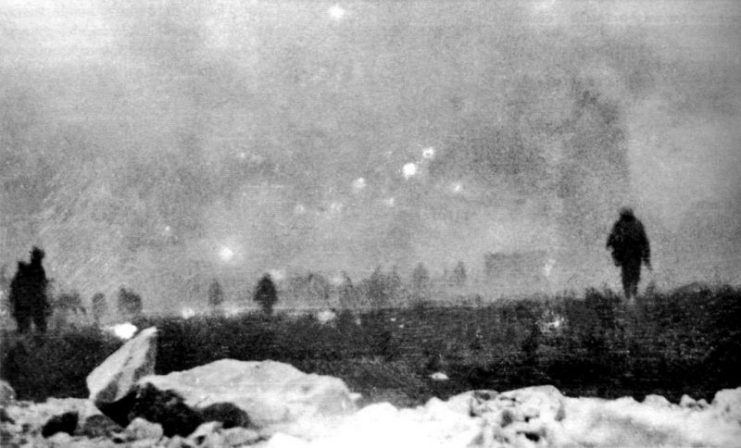
1915: The Second Battle of Champagne commences
The Germans had time to reinforce their front, so a second defensive line was placed three lines behind the first. Concrete pillboxes with machine guns were also constructed in between the defensive lines. Although the French used chlorine gas as soon as the attack started, they couldn’t penetrate the second line.
On the 6th of November 1915, the push was abandoned all-together, resulting in a German victory. The Allies had lost 145,000 men in that battle, while the Germans had only 72,500 casualties, of which 25,000 were captured.
Read another story from us: Second Battle of Champagne WWI – High Hopes and Lessons Learned
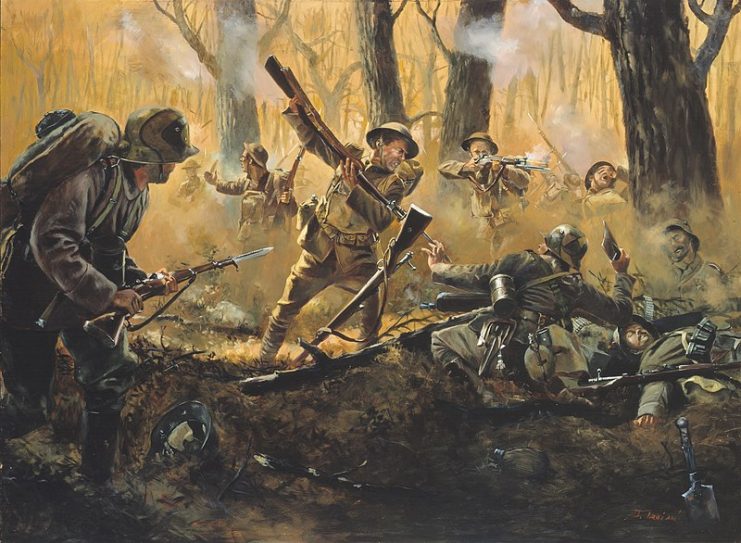
1943: Soviet troops liberate Smolensk
Read another story from us: The 1941 Battle of Smolensk
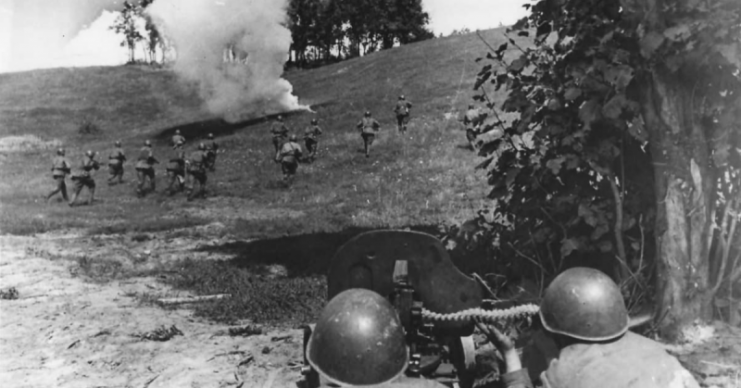
During the Battle of the Dnieper, and following a whole night of street fighting, Soviet troops completed the liberation of Smolensk.
